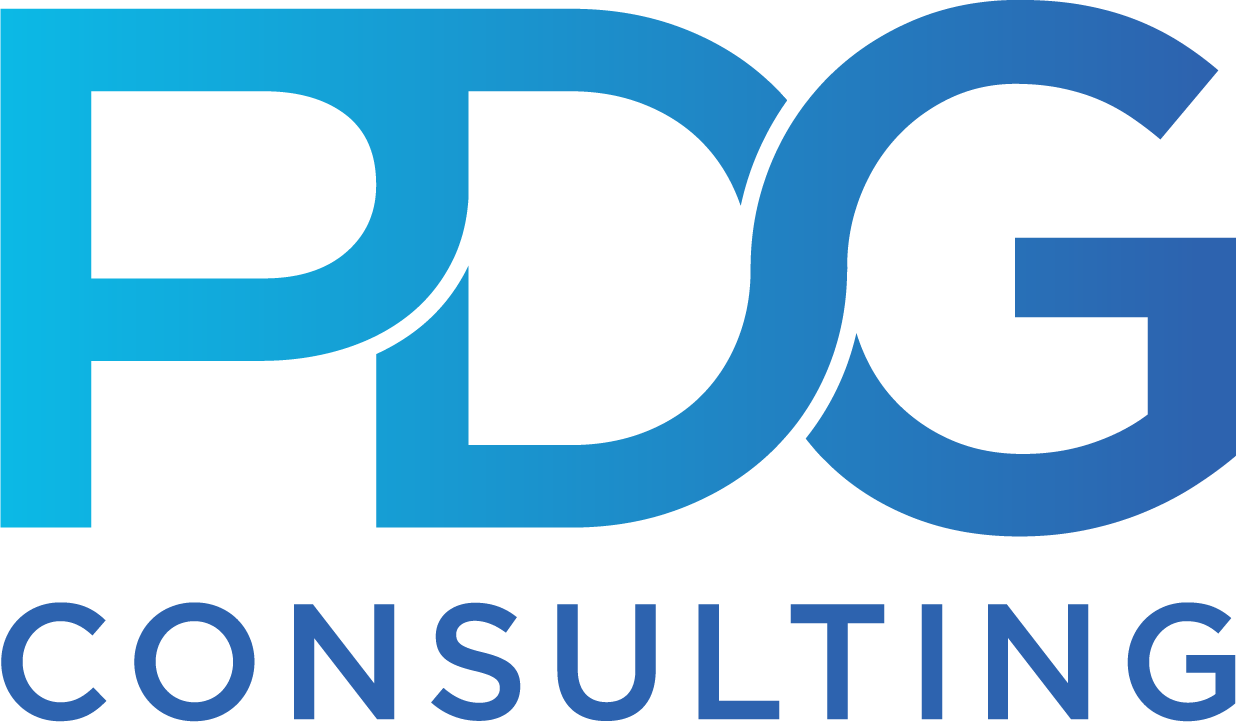
The cloud has demonstrated its value over and over again. Data from research firm Gartner predicts public cloud spending to reach almost $500 billion in 2022, up from $419 billion in 2021. “Cloud is the powerhouse that drives today’s digital organizations,” says Sid Nag, research vice president at Gartner.
For media and entertainment (M&E) enterprises, moving to the cloud offers substantive benefits, both to address immediate concerns and facilitate future-proof frameworks. But what does this look like in practice? How does the cloud specifically benefit M&E enterprises, and how do they select the right cloud for the job?
Considering Basic Cloud Benefits
Cloud computing is an essential part of effective digital transformation strategies. Companies worldwide now realize the critical role played by cloud services in helping them manage the volume, variety, and velocity of data generated both internally and externally.
Given the cloud’s natural ability to scale as needed and meet evolving operational requirements, this computing model now forms the basis of future-proof technology deployments: Frameworks capable of growing alongside businesses to meet emerging challenges.
Here are some of the biggest cloud benefits.
Cost Optimization
In the cloud, costs shift from capital expenses (CapEx) to operating expenses (OpEx). This makes it easier for companies to predict and manage their spending over time since they only pay for the resources they use. Cloud partnerships also remove the need for hardware maintenance and replacement, since servers and databases (in a public cloud model) are owned by providers.
Silo Elimination
Multiple, on-site databases naturally lead to information silos across departments, in turn reducing the efficacy of internal processes. In the cloud, however, data is accessible based on permissions and roles, rather than determined at the department level.
On-Demand Scalability
Cloud resources can be scaled up to not only meet emerging demands but also rapid scaling, such as those seen during holiday spikes or seasonal events (soccer World Cup, etc.), then scaled back down when no longer needed. This is ideal for companies that experience seasonal demand but don’t want to overspend on resources that largely sit idle.
Remote Collaboration
Remote and hybrid work are here to stay. The cloud naturally facilities both in-house and out-of-office collaboration by allowing users to access key data anytime, anywhere.
Getting Specific: The Role of Cloud for M&E Enterprises
M&E is evolving to meet consumer demand. Pre-pandemic, this was characterized by a steady shift toward streaming services and digital television. Now, that shift has become a sea-change that drives accelerated digital change for these organizations.
Consider that in 2021, the U.S. and Canadian box offices reached a combined total of $4.5 billion. While this is up 105 percent from 2020, it falls short of years prior. Add in the mobile and home release market, however, and this number hits $36.8 billion in 2021, up $0.7 billion from 2019. What’s more, the number of online video subscriptions rose 14% in 2021 over 2020, and virtual pay TV subscriptions increased by 18% from the year prior.
For M&E organizations to effectively navigate this evolving market — whether they create or distribute content — they need a way to manage and monitor data at scale. In other words, they need the cloud.
When it comes to improving M&E operations, the cloud offers industry-specific advantages such as:
Comprehensive Data Management
As the volume of streaming and digital TV viewers increases, M&E companies need a way to collect, curate, and correlate viewer information at scale. Successfully achieving this goal can help enterprises better understand viewing habits, in turn allowing them to provide tailored content offerings and data-driven advertisements that are more likely to prompt user action.
The cloud also makes it possible to collect and combine data from multiple sources including first-party streaming subscription service accounts or set-top boxes along with data from third-party data collection firms.
Improved Programmatic Advertising
Dynamic ad insertion (DAI) is now a fundamental component of M&E operations but is no easy task. Consider a four-minute ad break in a streaming program. Three minutes of this break may be earmarked for content providers, while the last minute may be reserved for distributors. From the perspective of viewers, it’s critical that this ad break appears seamless, meaning both providers and distributors need to connect with ad marketplaces, determine ideal ad showings and then stitch together an ad content package that delivers this content on demand.
Without the cloud, this simply isn’t possible. Given the rapid evolution of the DAI marketplace and the evolution of hyper-targeted ads that leverage everything from user location to viewing history to purchase data, cloud services offer the capacity and scalability companies require to ensure DAI efforts have the intended result.
Finding the Best Fit for Future Functions
As the cloud market expands, it also diversifies. For most M&E firms, however, future-proofing operations means finding a trusted cloud partner to facilitate operations. In practice, this often means Google, AWS, or Azure.
When it comes to making the choice, however, there isn’t a one-size-fits-all answer. For example, AWS is well-known for its service diversity and low-cost cloud options, but this doesn’t mean it’s the only choice available. Media and entertainment companies that predominantly use Microsoft products may prefer Azure alternatives for ecosystem consistency. Google, meanwhile, is known for innovation in the cloud space and while it currently has the smallest market share of the “big three” cloud providers at just 11%, its growth in Q3 2022 (37.6%) outpaced both Azure (35%) and Amazon (27.4%). In fact, Google’s offering was the only one to surpass analyst predictions.
The best bet for a best-fit option? Partnering with experienced M&E IT service providers who can help companies select the combination of cloud services that both deliver on immediate goals and help future-proof key operations.
Make the most of M&E efforts in the cloud. See how PDG Consulting can help. Let’s talk.
Latest
Liberty Hill and PDG: Visualizing Justice through Data
March 1, 2023
See how PDG's custom data visualization platform is helping Liberty Hill pinpoint the data needed to tell this story and fuel campaigns that aim to end the practice of arresting and incarcerating youth and putting in its place investments in youth development in our newest Customer Success Story.
Is Blockchain the next GPT?
January 30, 2023
Curious to know if Blockchain technologies is displaying all the signs of becoming the next GPT? Our Founding Partner at PDG, Brennan Binford, discuses the concept of Blockchain and what you should expect in the future of General Purpose Technology.
by Brennan Binford - PDG Consulting
Net Positive: Why Moving from Quickbooks to NetSuite Makes Sense for IPOs
January 12, 2023
For companies now in the process of preparing for their IPO, this valuation variability offers the perfect chance to assess current operations, identify potential gaps, and put the right tools in place to ensure investor confidence. Learn more about why making the move to NetSuite may be a net positive for IPO operations in this article



